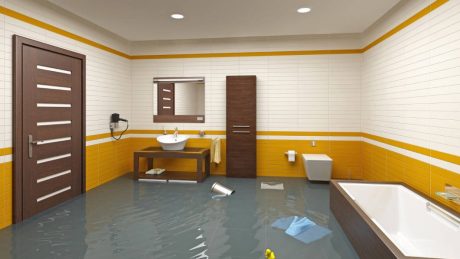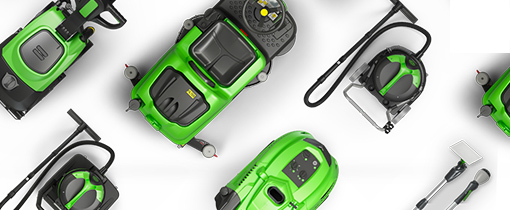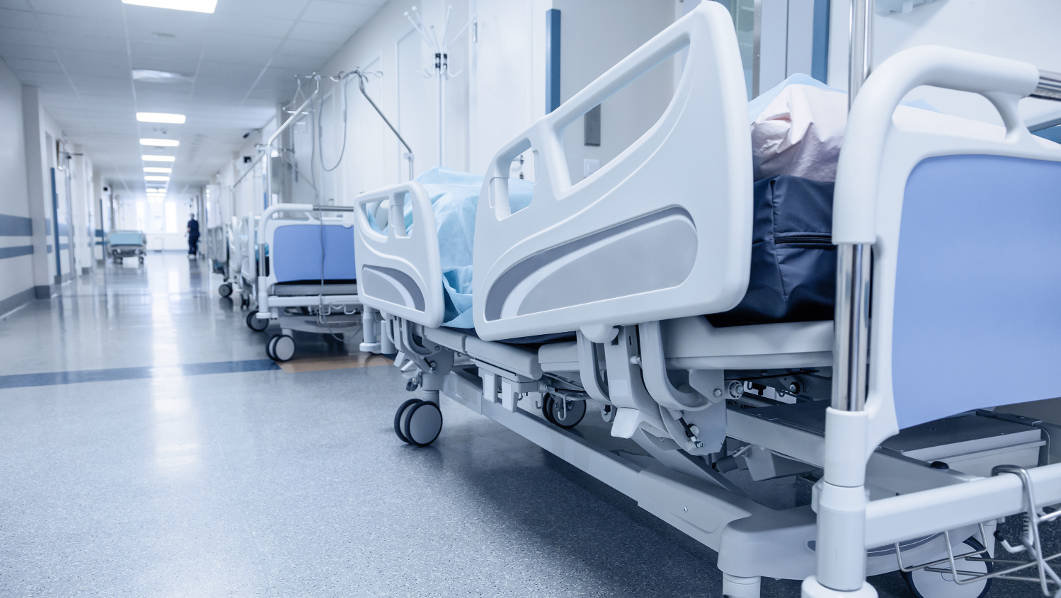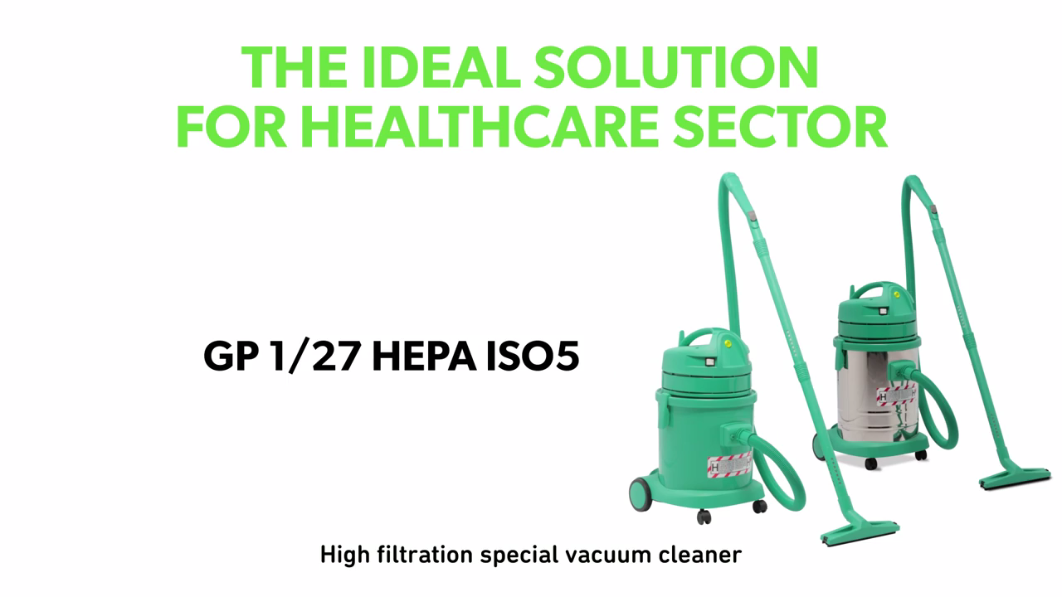Estimated reading time: 10 minutes
In our previous post (Why and when to choose an industrial vacuum cleaner?) we discussed how, in some situations, we can get satisfactory results by exclusively employing special vacuums, designed for industrial uses.
Higher capacities, innovative materials, ergonomic accessories, technological features… the harder the task, the more specific the solution. Taking the wrong approach to the issue may result in a misuse of the machine or, worse, harm to the user himself.
The objective is not only getting a high performance, but also a safe one: safety above all things.
Here we examine the efficiency of vacuum cleaners working in conjunction with other tools and the importance of using certified ATEX vacuum cleaners.
And what if we need to vacuum in healthcare environments and/or clean rooms?
The vacuum cleaner has to be specifically certified for this kind of work, because cleaning within healthcare environments has the double task of cleaning and disinfecting at the same time. This dual action achieves the essential goal of preventing uncontrolled infections.
Vacuums studied for professional cleaning in white rooms, pharmaceutical, medical, microelectronic sectors or in food industries, are Certified ISO and feature the technology to obtain maximum results ensuring efficiency and total safety for the operator.
In these environments it is essential not only to control air contamination levels in order to protect both hospital patients and operators’ health; but also to safeguard the product integrity and increase productivity at the same time.
In healthcare environments the filtration system is fundamental to control air contamination. Vacuums must be equipped with specific filters able to collect particles of contaminants and engine residue, to ensure the highest level of filtration efficiency and the safe storage of collected materials.
This is the reason why a vacuum featuring four filtration levels (paper bag, Sanifilter, a Hepa filter before and after the engine) gives total assurance of perfect cleaning and total hygiene, by retaining 98% of the bacteria (GP 1/27 HEPA IS05) and preventing all risks of bacterial proliferation.
We must not forget however that cleaning equipment and the machines themselves are subject to contamination. That’s why a vacuum built from antibacterial plastics can be the product that meets your expectations.
With this purpose in mind, IPC has developed the most advanced antibacterial plastic blend that drastically reduces the bacterial load and limits the spread of microorganisms in the environment. Tests were carried out on our antibacterial plastics, reproducing actual working conditions and focusing on Staphylococcus aureus and Escherichia coli. The results confirm the antibacterial efficacy of our product in accordance with ISO/DIS 22196 (Plastics – Measurement of antibacterial action on plastic surfaces).
The “special” vacuum line studied for healthcare applications, is made from this innovative antibacterial plastic that removes the time and risks of having to sanitize equipment, and maximizes productivity in standard risk areas.
What to do in case of flooded areas?

To solve the problem of flooded rooms, basements or garages, the simplest and most economical solution is to use a vacuum cleaner fitted with immersion pumps.
This type of pump, which can be made from plastic or stainless steel, can drain water from flooded premises in a very short time, without having to involve firefighters or specialized companies. This pump sucks and expels water from the drum at the same time (GC 2/90 SUB).
The highest performance with less energy
IPC also suggests another solution: to use a vacuum cleaner with Flow-mix, IPC exclusive patented technology that increases depression by 60% (up to 3,800 mmH2O). By activating a level, its airflow can be maximised to draw very fine powder or maximize the depression to vacuum heavy debris, including liquids, up to 3 m deep
Power and safety go along together
Never forget to protect yourself from contaminants when vacuuming flooded waters in any environment: they are full of substances and residues that can cause diseases and infections. It is recommended that you wear rubber-soled, closed-toe shoes, long-sleeves shirts and full-length jeans while cleaning an area after a flood. Use rubber or latex gloves to protect your hands and, if you see mould growing, wear a HEPA-rated mask that covers your mouth and nose.


